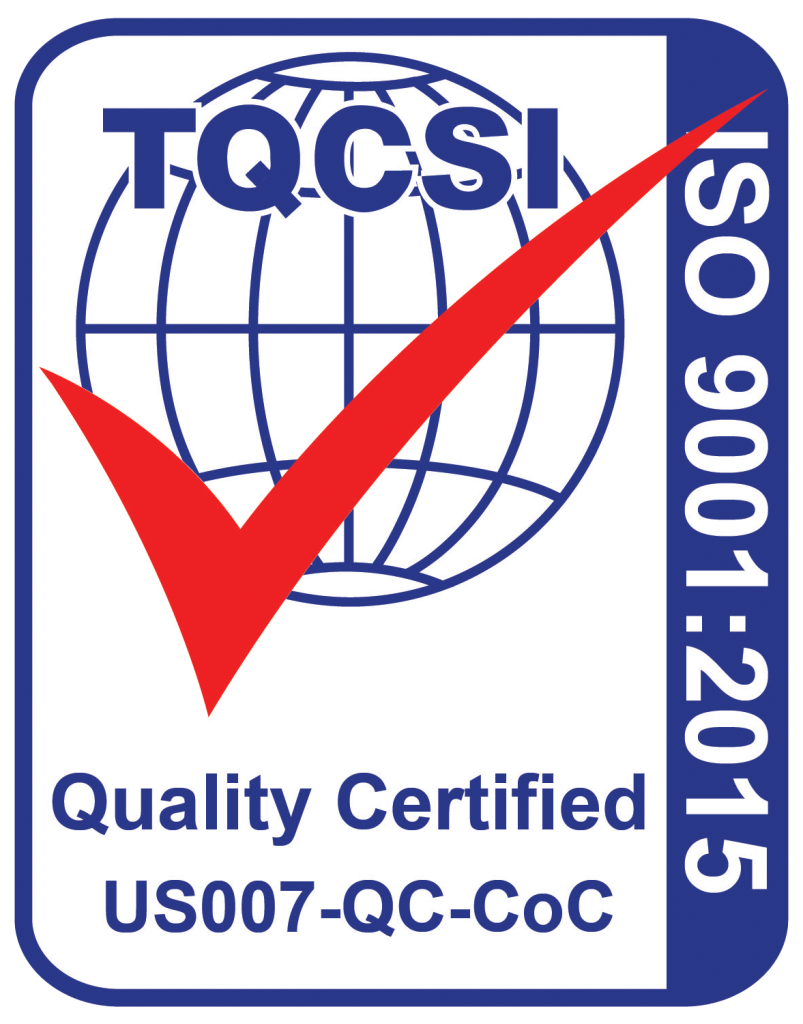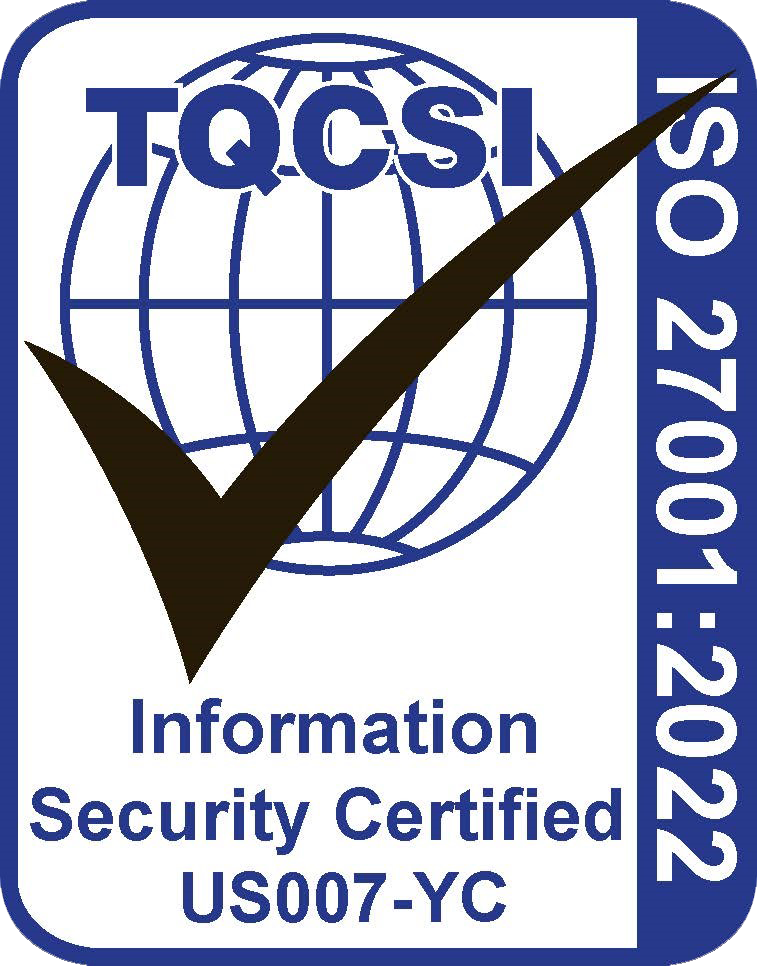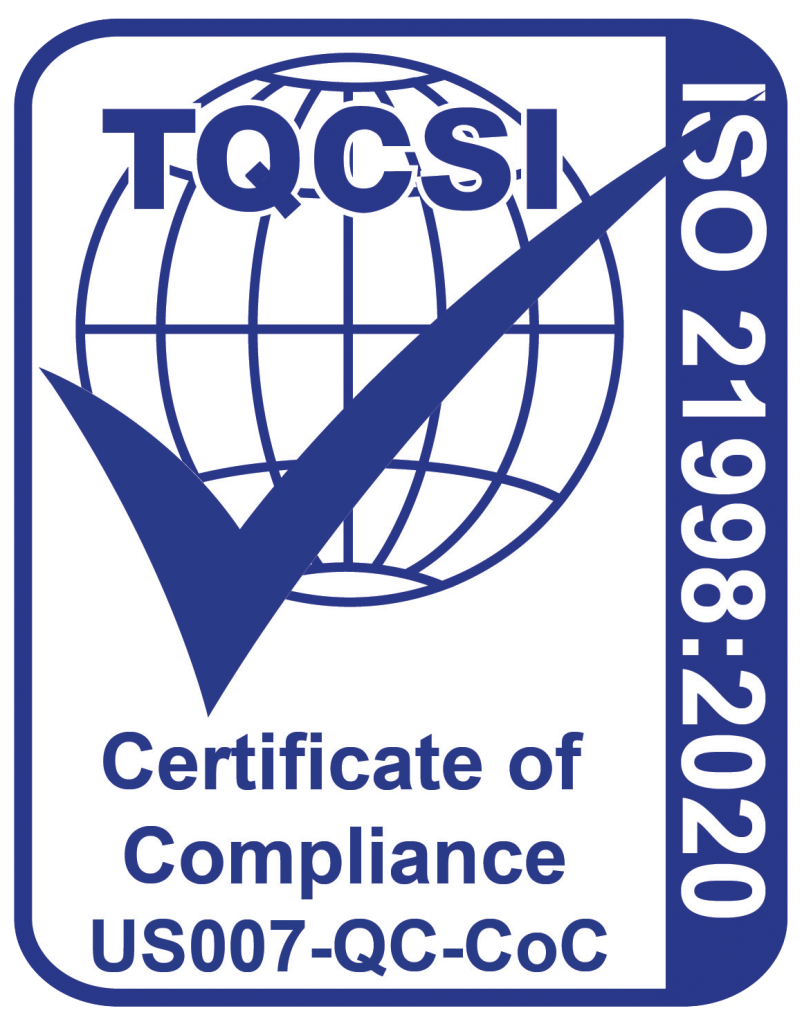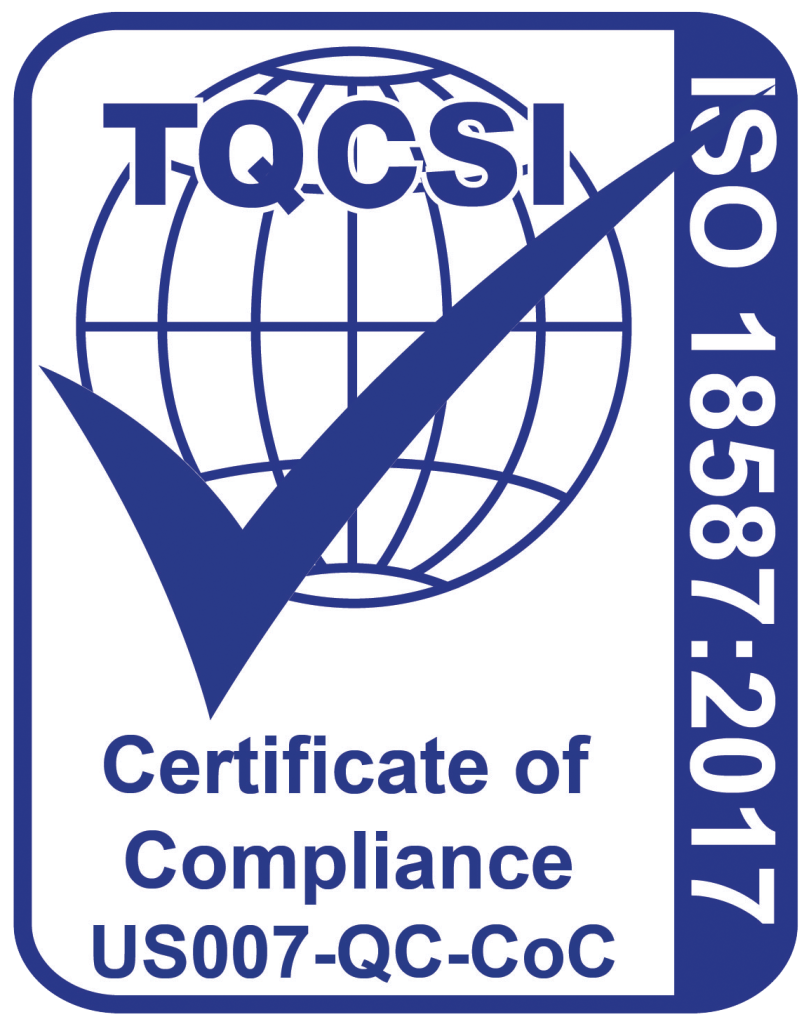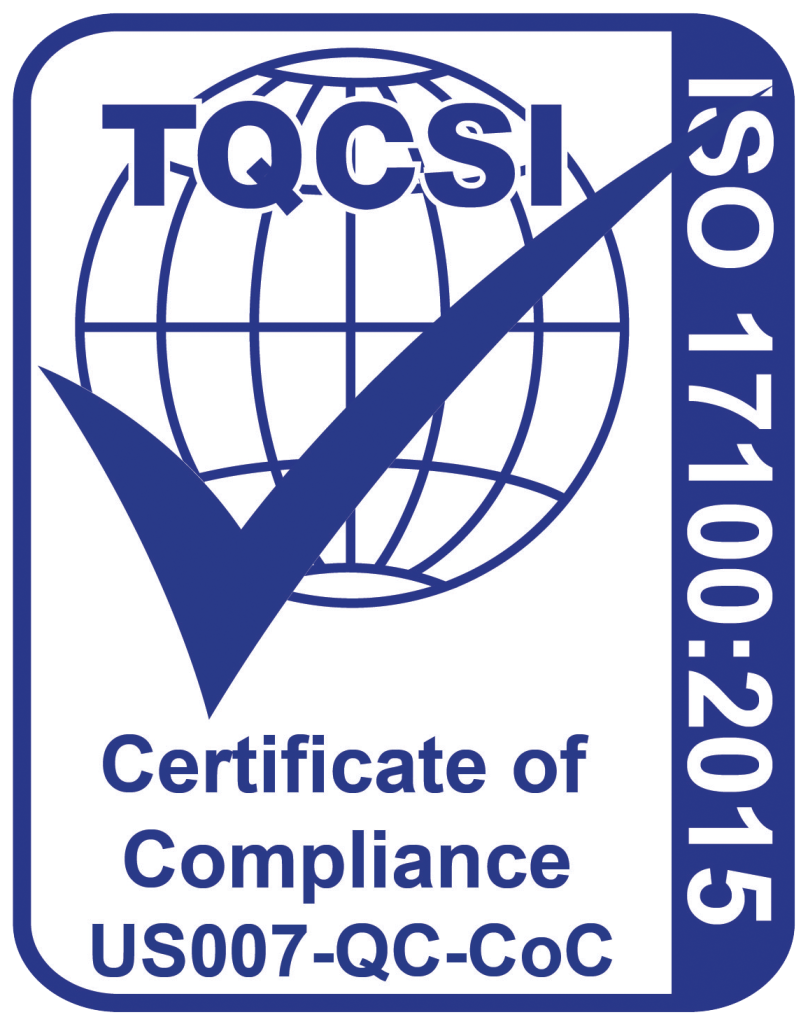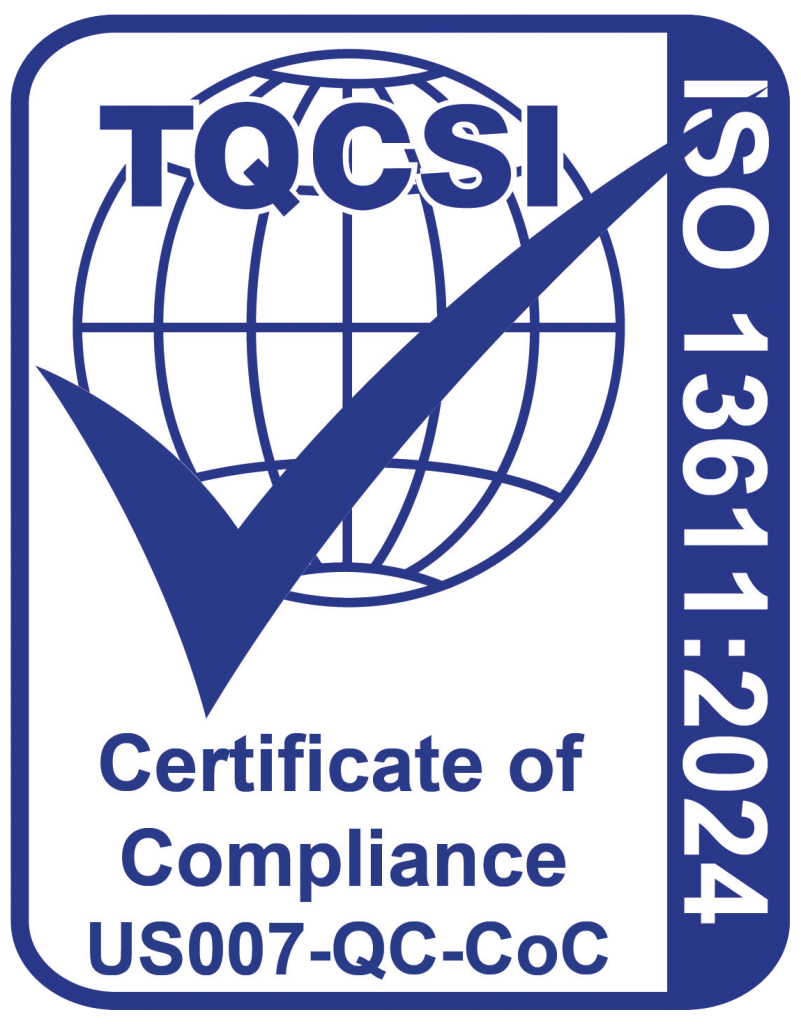Can Language Support Improve Care? Data that is available to or produced by the Language Program Manager can be a critical component in driving both better care quality and lower operating costs. Here are some ideas for connecting with two groups of healthcare organization leaders: those who are accountable for better outcomes and those who are responsible for reducing operating costs. We will start off this discussion in today’s post, but stay tuned for more on this topic. We invite colleagues out in the field to get in touch with us about their own successes (or challenges) in producing data useful to leaders in their organizations.
Better quality of care:
Here are some classic inquiries that providers undertake to improve care: Look at patients who fail appointments and suffer poor outcomes as a result. Look at patients who do not take their medicine as directed and suffer direct clinical repercussions. Look at patients who never signed an advance directive and whose terminal hospital stay became complicated and extended as a result.
The language program manager can approach providers leading quality initiatives in their own departments to see what they are concerned about. They might want to focus on a particular demographic group which has a high incidence of specific disease, such as Chinese-speaking liver failure patients, Spanish-speaking diabetes patients, or Russian-speaking TB patients. Outcomes might be improved by interventions on specific lifestyle or access issues. Doctors and the language program manager might collaborate to create written, pictorial, audio, and video patient education materials to help patients understand their condition and perform effective self-care.
Providers who already carry out quality improvement initiatives in their discipline are excited to learn how to use language and sensory deficit variables that are available in the electronic patient data base. For example, an audit that monitors and trends A1C data for the endocrinology clinic’s patients can have a variable such as Preferred Language or Interpreter Needed added to it. Similarly, patient no-show data for the Anti-Coagulation Clinic may reveal important patterns when augmented by the language variables. The automated English reminder call system may be ineffective for older and sick language need patients, resulting in dangerous gaps in heparin level testing.
Lower operating costs:
Another huge target area for the language program manager to partner with administrators is guiding patients to get care in the most effective setting. Every clinic system and hospital works toward reducing the cost of services. There are some care settings which are particularly high in cost and which have the full attention of administrators and regulators and payors. The two sentinel examples are inappropriate use of the Emergency Department and avoidable re-admission to inpatient care within a short time after discharge. The impact of cost savings and regulatory compliance is huge if the needle is moved even a little.
Emergency Room utilization:
Many patients go to the Emergency Department for care that could be best provided by clinics. The Emergency Department can evaluate, stabilize, and treat injuries and infections, but for many conditions of a chronic nature the ER can only refer the patient out to a clinic. ER scope of care does not include establishing a program for diabetic, dermatologic, cardiac, mental health, or intestinal health conditions. Not only can these patients not be effectively served in the ER, their presence blocks use of the ER by patients who truly need ER services, and often the ER absorbs the very high cost of paying its specialized staff. Many patients who utilize the ER for non-emergency care are Charity Care patients who are not covered by any insurance, or patients covered by Medicaid or Medicare only.
Many language need patients use the ER for non-emergency care. There are various reasons for this. Patients from other countries may be used to a national health service in their home country which is free. Or the family has only one car and has to wait until the driver of the car comes home in the evening to take the child for care, leaving them with only the choice of the ER. Or the family may be covered by Medicaid and thus not concerned with the cost of the ER to themselves. But there are also many language need patients who have no understanding of the structure of the American health care system, and who are not established with any clinic. Others are established with a clinic but have difficulty getting through to the clinic because of the language barrier. Often just the number of menu options on the clinic telephone system is too complex for a non-English-speaking person to navigate. Also, more and more health systems rely on having their patients contact their clinic through the digital portal, which is very difficult to access for language need patients.
The hospital is already looking at ER utilization data, particularly at time of day of service and at the ICD10 diagnosis codes to indicate what patients are being seen for. It is a simple matter to add variables for language need. Now for the first time the analysts can see patterns of usage by language need communities. If the reports also show primary care provider of record, there is now a clear indication of how many patients with language need are coming to the ER because they have NO clinic, and how many are coming to the ER because for some reason accessing the clinic is difficult for them.
Clinic and ER leaders can now team up with the Language Program Manager to create culturally appropriate, translated messaging to follow-up with these patients and guide them into primary care. Staff interpreters and agency interpreters can be an important part of this outreach effort. In addition, culturally appropriate messaging can be presented through outreach to the community, both in the ER proper and in community venues.
Potentially Preventable Readmissions:
Hospitals are heavily penalized on their reimbursement rates from Medicare (CMS) for potentially preventable readmits. These are patients who complete their course of inpatient treatment for medical conditions or for surgery and then are discharged home, only to be re-admitted soon for related issues. Hospitals are expected to provide effective discharge teaching such that patients can care for themselves at home and maintain their health status.
Hospitals monitor and analyze their readmission data and try to figure out how to reduce the number of patients who do not do as well as they should at home. By adding language need variables to these reports, analysts can immediately see patterns to which patients are being re-admitted, and for which diagnostic groups. Are men from SE Asia who have undergone prostate resection being re-admitted for bleeding? Are older women from African countries being re-admitted for decubitus ulcers (bedsores)?
It might be obvious to us that language support is critically necessary to prepare patients for discharge from the hospital, but the language program manager has to help clinical leaders connect the dots. Interpreters must be present during the inpatient stay for the patient and family to understand the diagnosis. Interpreters must be included in the discharge teaching, which often begins well before the actual discharge date. Patients going home with IV lines, ports, colostomy bags, and cardiac implants must fully understand and practice self-care before discharge. Pharmacists explaining complex new medication regimens must have interpreters to assist them. Clearly there is a strong role for translated discharge instructions in the discharge process.
More and more hospitals are making phone calls to patients they have just discharged, to make sure that they are following their care instructions and doing well. It is essential that the nurses who make these calls are engaging an interpreter on the line. And it is essential that each patient can access language support when he feels the need to call his own clinic care team, be it the specialist or the primary care team. Otherwise, as happens only too often, the patient is discouraged in trying to call, waits to see if he is going to get worse, then must go back to the ER and is re-admitted.
Data is the central tool for process improvement in health care. The language program manager should be familiar with every communication-related variable in the clinical and registration databases so as to be able to advise administrators and unit leaders in how to include these in their quality improvement initiatives.

